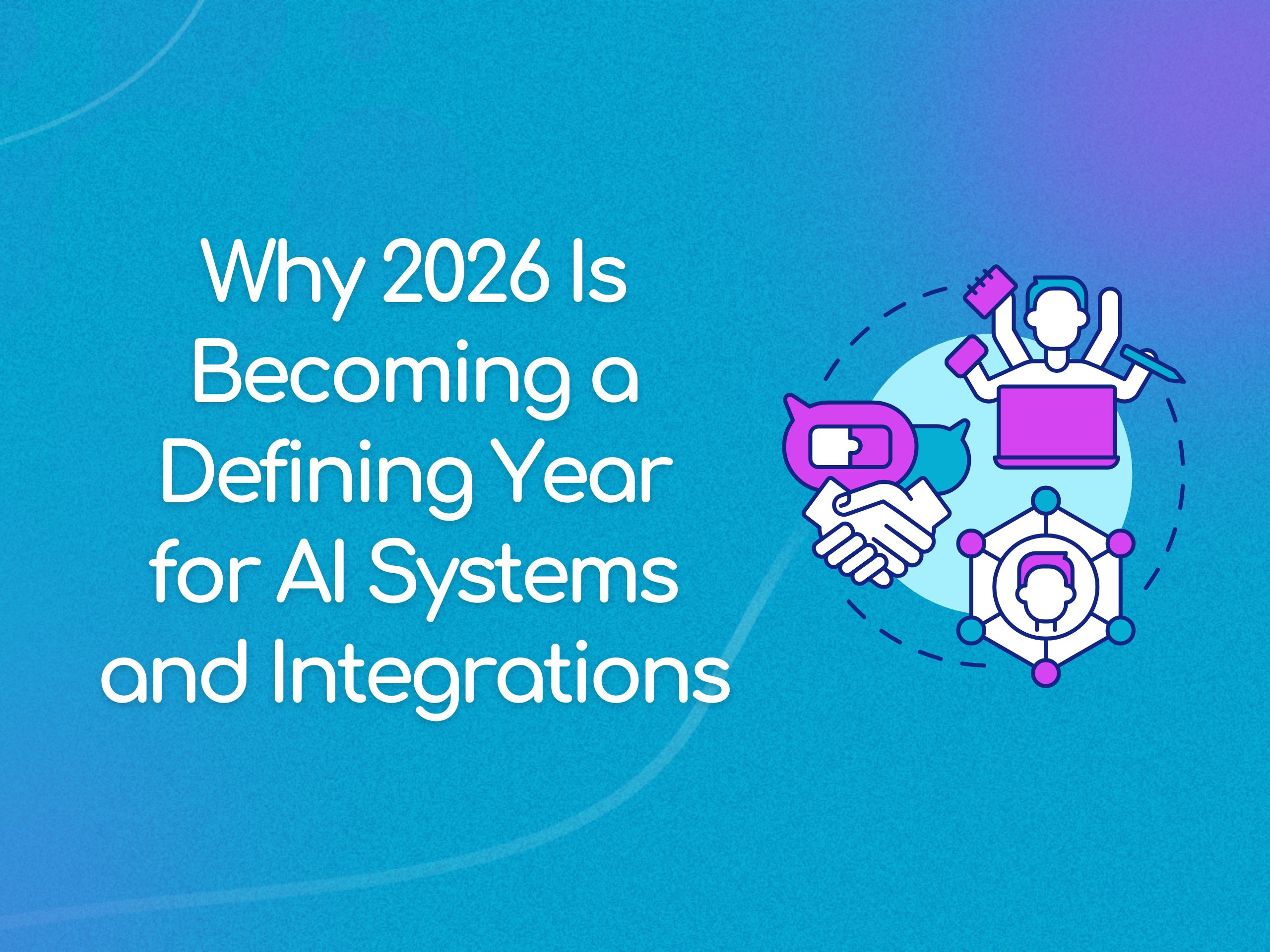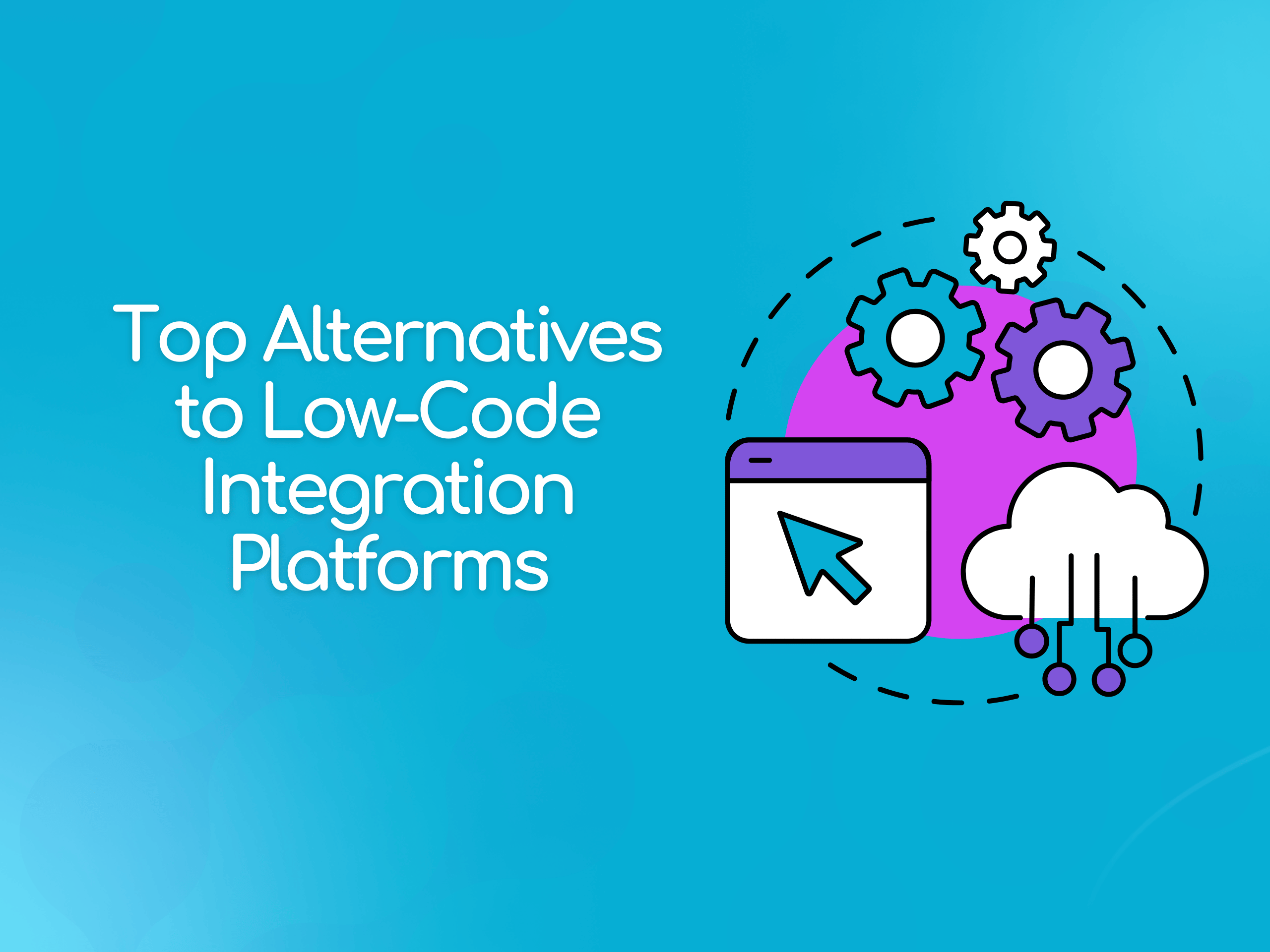Mastering API Documentation: 3 Proven Best Practices for Success

What is API Documentation?
API documentation is a guide that explains what's possible with your API and how to properly use it — generally including descriptions of your API functionality, references, instructions for implementation, and use case examples.
At the minimum, your API documentation should answer two questions:
- What can I accomplish with this API?
- How do I get started?
Do I really need API Documentation?
Yes! This is where API users and developers go to learn about your API and how it works. Thorough and easy-to-follow API documentation leads to higher adoption and a better developer experience (DX).
Companies understand the importance of design thinking around user experience and how it contributes to customer loyalty and retention. DX is equally essential to API adoption and a well-thought-out DX increases customer and partner loyalty.
API documentation is key to a seamless developer experience. Developers usually prefer to self-serve — A descriptive API documentation enables them to efficiently plan and build their integrations, without having to reach out for support. Preventing hidden surprises throughout the building process.
SmartBear, who built Swagger, surveyed developers and users of APIs for their 2023 report. When asked what the most important measures are for API success; performance and developer experience were the top two ranked.

This highlights how documentation and ease of use are important to the successful adoption and perceived success of an API from a go-to-market perspective.
Poor API documentation impacts implementation speed, increases costs, and makes development teams unhappy. With more organizations offering digital services, API consumers have more options to choose from.
If your API is for customer or partner use, a poor DX can damage your brand reputation, pushing customers and partners towards products that are more developer-friendly.

What you need to Create API Documentation and An Excellent Developer User Experience
1. Be Clear on Your Audience
Your audience can range from developers and CTOs to product managers and non-technical customer support or business teams. Being clear on who your audience is will help prepare you to make more informed decisions to make your documentation accessible, the type of sections you should include, what language to use, and how to structure your documentation.
For example, your API may be only for partner or internal use. Other times, it might be only for enterprise customers. Whoever your audience is, you should ensure there is a clear path for them to locate documentation and that proper access is granted.
Some API providers like Google include a blurb at the top of their API documentation that describes its audience target, including what technical knowledge they will need and links for further research.
Not all API documentation is designed only for developers. Some documentation can be understood by product managers or business users looking to see what can be accomplished with a particular API.
Like Google, it's helpful to provide the information upfront on who a particular set of documentation is for and what knowledge is required to understand it.
2. Include Essential Sections and Resources for API Users and Developers
SmartBear, who built Swagger, surveyed developers and users of APIs, and asked what are their most favored aspects of API documentation.
The responses reveal which categories you should invest in documenting first, and which categories you should include as your documentation becomes more mature.

Let’s take a look at some of the most important sections to include in your documentation.
API Overview
Use an “API Overview” section to give your audience clarity and capture their interest to read the rest of your documentation.
Remember, when an API is being considered by a customer or a partner, you want to encourage adoption and keep people from dropping off. Third-party developers may have no idea what capabilities your API offers and you want them to excite them enough that they take a deeper look.
Here is an example from Facebook describing how their Instagram API can be used. Similarly, Google has a page that lists the most common use cases for their Google Maps API, including links to documentation for APIs that best suit those needs.
Examples
Remember many users will be completely unfamiliar with your API and examples are the quickest way to illuminate what is possible.
Providing snippets of code that developers can easily copy and paste, with examples in context, can allow for easy adoption, limited questions, and less troubleshooting on your end. Twilio, for example, details example error responses and what might trigger them.

Some APIs, like the Deezer API, go beyond laying out examples and even allow developers to test endpoints with interactive demos.

Status and Errors
Developers need to know what errors they might get and what they mean. List any errors that can be returned by your API with readable descriptions.
Many companies’ API documentation has a page specifically dedicated to error messages. Some companies might even include error messages and descriptions under endpoints where they tend to happen the most. Which is useful when building an integration.
They may also be included as part of a troubleshooting section at the end of a quick-start guide.
Authentication
Since authentication is one of the first challenges of getting started with an API, your documentation should clearly outline how authentication is handled for your API.
For example, if your API requires the developer to get an API key to authenticate, you should specify how one can get an API key, how the key works for making requests, and how to restrict API keys.
Whatever your authentication scheme (what is required for the authentication process for your API) ensure that you clearly document and list out steps for how users need to authenticate before gaining access to your API.
Slack, for example, uses OAuth 2.0 authentication to allow end-users to download API consumer apps from Slack workspaces. See an example of their authentication documentation.
Related Content: Understanding Unified APIs: Evaluating for Seamless Product Integrations
HTTP Requests
HTTP is a protocol for requests sent to a server. Identifying the actions (known as methods) can be taken through your API and on which endpoints. You should clearly lay out all the available methods and their endpoints.
Two of the most common HTTP methods are GET and POST. GET requests are used for receiving specific data fields, while POST requests are used to update or create new data fields in your system.
Specify the type of requests you are enabling and the fields the request can apply to— to improve your developer experience. See how Hubspot organizes this information below.

3. Have a Process for Updating Documentation and Notifying Developers of Changes
APIs are changing faster than ever. Outdated API documentation is the main cause of a negative developer and user experience.
Establish an internal process for ensuring that API docs are updated when changes are made. This can be folded into your product update process, or assigned to someone who will be notified whenever changes are made.

If your documentation is extensive, one way to ensure you’re updating the most important parts of your documentation is to use tracking analytics to determine what endpoints are used most often, that way you can prioritize updating those first.
Related Content: Technology Partnerships: A Guide to APIs and Integrations for Non-Technical Roles
Some of the most popular tools for API documentation include Slate and Swagger. Swagger, in particular, offers many solutions for creating and maintaining your documentation so that it stays up to date.
In addition, they have resources geared towards improving developer experiences like Swagger Editor and SwaggerHub that provide a YAML editor with a visualization panel. Allowing developers to work in and see how your API will look and behave before they actually implement it.
Slate is an open-sourced, free tool that allows you to create a clean and intuitive design. Users can create a three-panel webpage, one panel for navigation, another for documentation, and one for code samples. See more examples of documentation created using Slate in their repository.
Beyond updating your API documentation, it's essential that developers are notified and made aware of these changes. Most companies have a developer email list that they send notifications of changes to as well as a developer-focused webpage where upcoming and current changes are noted.
You need to invest a significant amount of effort into understanding the audiences for your API and how they intend to use it.
Creating API documentation that enables an exceptional user experience will increase adoption, limit delays and problems, and ultimately improve your brand reputation and customer retention.
Lastly, treat API documentation as part of your API. Ensure it is thorough, accessible, and up-to-date so that your API users are able to have the best possible experience.
From the Blog

Why 2026 Is Becoming a Defining Year for AI Systems and Integrations

